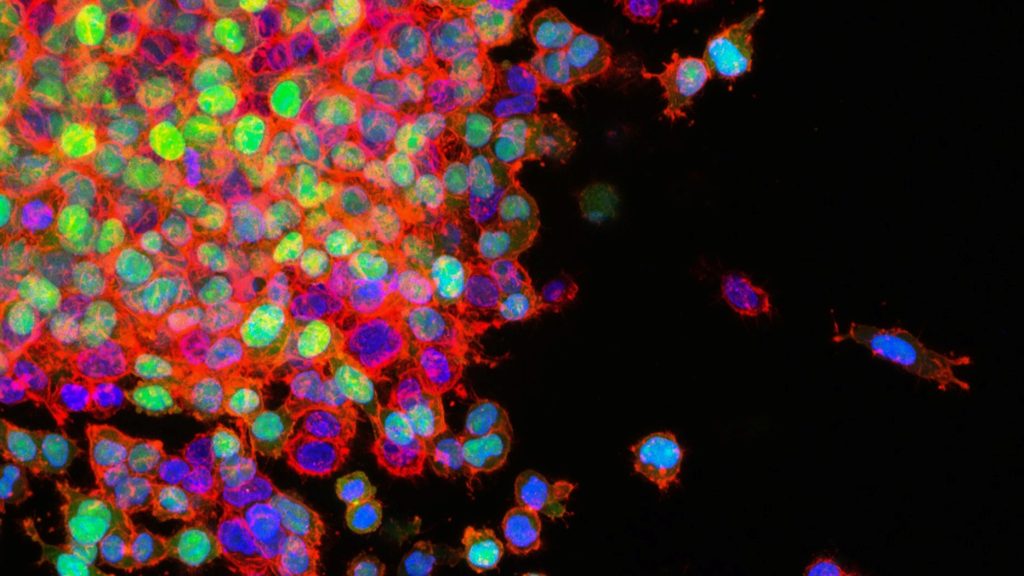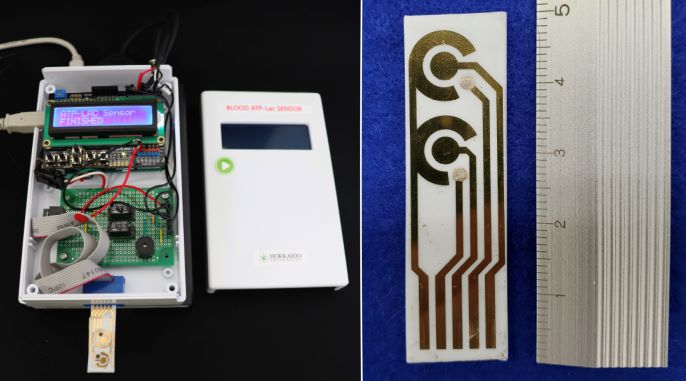Suffocating Cancer Cells to Quash Metastasis

Researchers have eliminated cells derived from untreatable metastatic cancer by disrupting the cellular components that are responsible for converting oxygen into chemical energy. The results are published in the Journal of the American Chemical Society.
Treatment of cancer is a a long battle because surviving cancer cells often evolve into aggressive, untreatable forms. Hence, treatment plans often involve multiple drug combinations and/or radiation therapy in order to prevent cancer relapse. To combat the variety of cancer cell types, modern drugs have been developed to target specific biochemical processes that are unique within each cell type.
However, cancer cells are highly adaptive and able to develop mechanisms to avoid the effects of the treatment. “We want to prevent such adaptation by invading the main pillar of cellular life – how cells breathe – that means take up oxygen – and thus produce chemical energy for growth,” explained David Ng, group leader at the Max Planck Institute for Polymer Research (MPI-P).
The research team produced a synthetic drug that travels into cells where it reacts to conditions found inside and triggers a chemical process. This allows the drug’s molecules to bind together and form tiny hairs that are a thousand times thinner than human hair. “These hairs are fluorescent, so you can look at them directly with a microscope as they form,” said first author Zhixuan Zhou, an Alexander von Humboldt fellow.
The scientists monitored the oxygen consumption in different cell types and found that these tiny hairs prevent all of them from converting oxygen into the energy deliver molecule ATP. The process worked even for those cells derived from untreatable metastatic cancer, with the cells dying off within four hours. After some more years of research, the scientists hope that they can develop a new method to treat up-to-now untreatable cancer.
Weil, Ng and colleagues have shown an exciting outcome under controlled laboratory culture and will continue to unravel deeper insights on the basis of how these tiny hairs prevent the conversion of oxygen to chemical energy. With further development, these objects could in the future possibly also be manipulated to control other cellular processes to address other important diseases.


